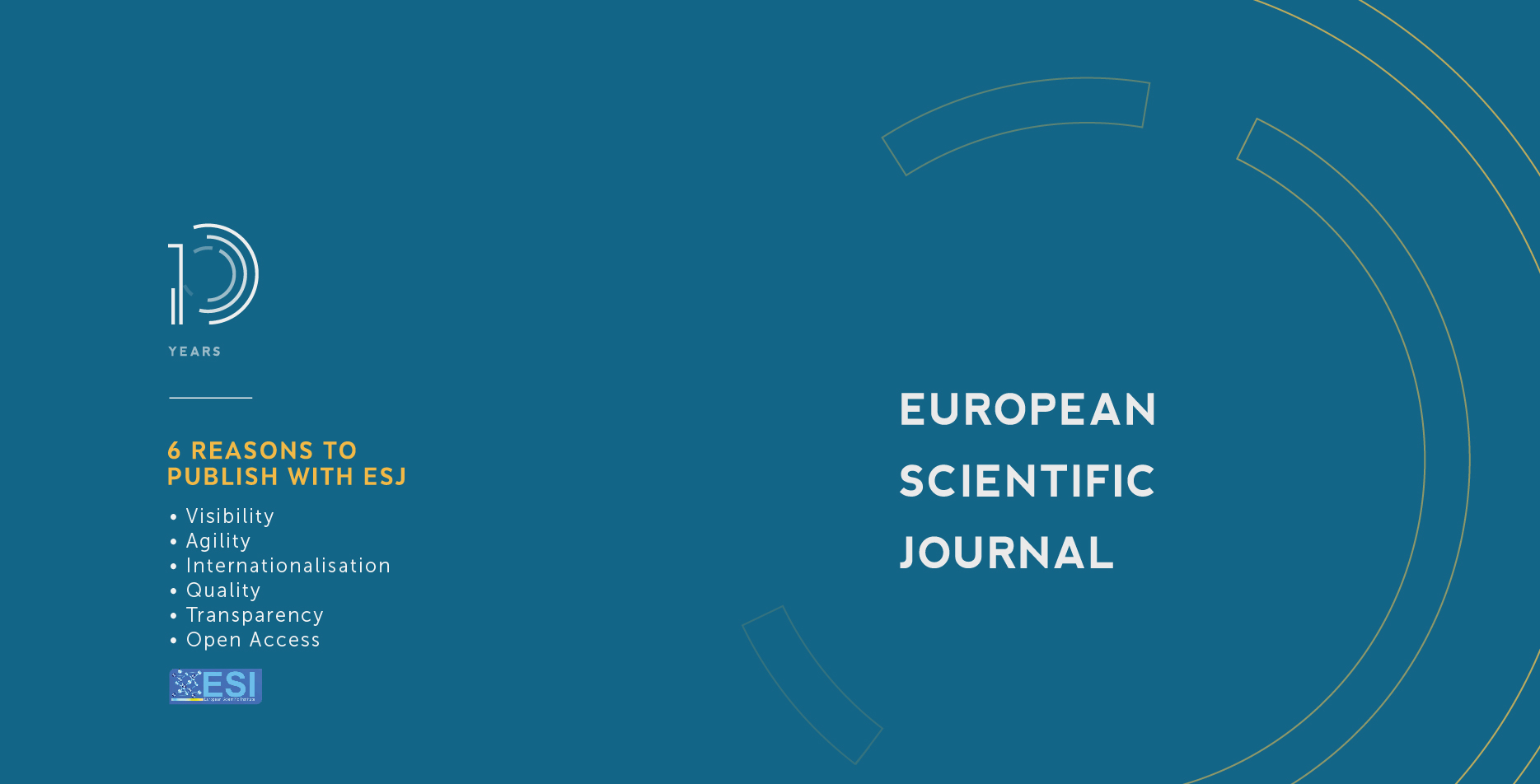Drivers of Public Health Expenditure in Kenya: Do Structural Breaks Matter?
Abstract
Health forms the basic foundation of the quality of human life, which is an ultimate ingredient towards the productivity and efficiency of an economy. The rapid growth of health expenditure has emerged as an enormous concern for many households and governments globally. This study used timeseries data for the period 1985–2018 in unearthing the drivers of healthcare expenditure in Kenya, with a central focus on the role of health shocks. The study also sought to assess whether structural breaks mattered in a healthcare expenditure model. A public healthcare expenditure model was estimated using the Autoregressive Distributed Lag (ARDL) model. The findings revealed the presence of a long-run relationship between public health expenditure and its determinants in Kenya. Population growth rate and CO2 emissions (proxy to respiratory illnesses) were found to significantly and positively determine public health expenditure in the short run. This impact was insignificant in the long run. Similarly, GDP per capita and the number of HIV/AIDs infections positively and significantly determined public health expenditure in the long run. A key finding of this study highlighted the importance of testing for structural breaks in analyzing a time-series healthcare expenditure model. Previously, this is something that has been largely omitted in the Kenyan healthcare context. The structural break dummy variables significantly determined public health expenditure and, therefore, their incorporation in the model yielded a more accurate forecast with better econometric estimates. The findings will be useful in informing the government’s health budgetary allocation as well as the design of appropriate shock mitigation policies. This is paramount for the country in achieving not only Universal Health Coverage but also high-quality medical care to its citizens as envisioned in the ‘Big Four Agenda’ government priorities.
Downloads
Metrics
PlumX Statistics
Copyright (c) 2021 Cyprian Amutabi

This work is licensed under a Creative Commons Attribution-NonCommercial-NoDerivatives 4.0 International License.








